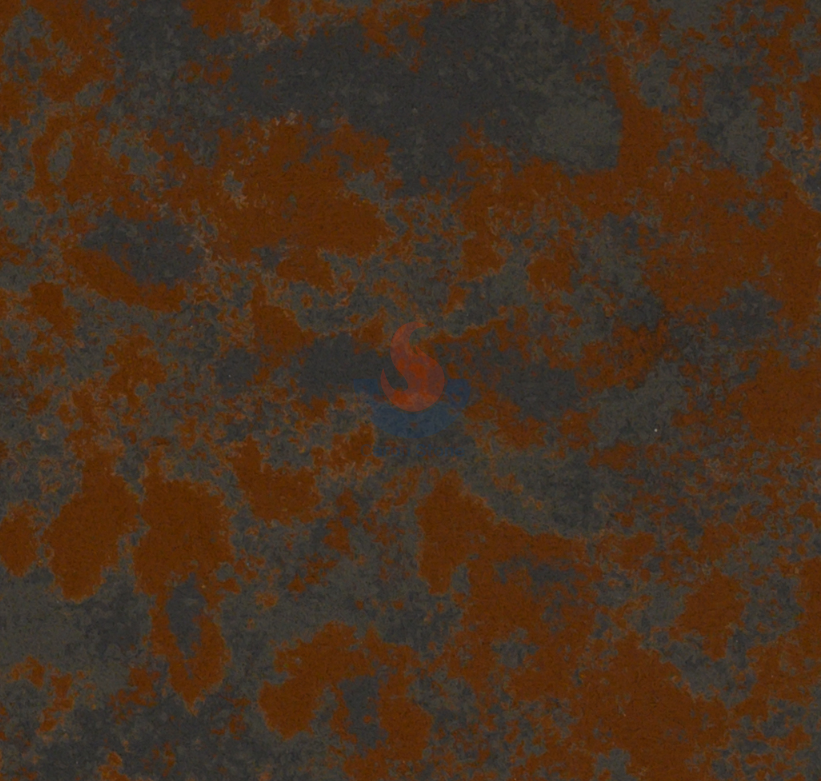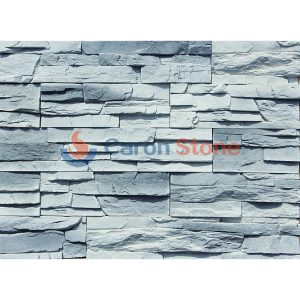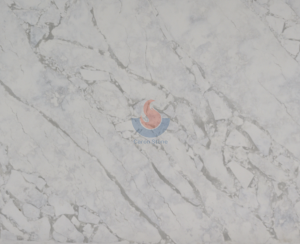
Analysis Of The Application Trend Of Artificial Stone In Modern Architectural Design -
In modern architectural design, the choice of materials not only affects the aesthetics of the building, but also determines its functionality and sustainability. Artificial stone is becoming more and more popular among developing building materials because of its special qualities and extensive uses. The application trend of artificial stone in modern architectural design will be investigated in this paper together with its significance for architectural aesthetics, utility, and environmental friendliness.

BA61 greys artificial cultured stone wall cladding panel
1. The charm of artificial stone: the combination of aesthetics and function
Artificial stone is produced as a synthetic material by means of synthetic techniques and may replicate the look of natural stone while possessing great function. Its use in both interior and outdoor architecture design has revealed great design promise.
In interior design, artificial stone is often used as countertops, walls, floors and decorative details. For kitchen decoration, the artificial stone used on the countertop is, for instance, not only beautiful in seem but also waterproof, dirt-resistant, wear-resistant. In the bathroom, artificial stone can create seamless bathtubs and sinks, bringing a modern and high-end atmosphere to the space. Furthermore employed for wall decoration to provide a neat and clean visual impression is imitation stone.
In outdoor design, artificial stone is also widely used. Ground paving, outside wall ornamentation, façade building, etc. can all be accomplished with it. It is appropriate for creating exterior walls under different climatic circumstances because of its great weather resistance; it can resist UV light, rain and wind and sand. Its varied color and texture choices also help to give the building facade more individualized richness.
2. Environmental protection and sustainability: the green advantage of artificial stone
With the improvement of environmental awareness, the construction industry pays more and more attention to the sustainability of materials. In this sense, artificial stone performs really nicely. The manufacturing process of artificial stone has far less effect on the environment than the one involving natural stone. To help to minimize resource waste, it can make use of recycled goods or industrial waste.
In addition, in the manufacturing process of artificial stone, technological advances have made the production process more energy-saving and environmentally friendly. Some manufacturers, for instance, use water circulation systems and low-energy production technologies to help to lower the environmental load of manufacturing. Moreover, artificial stone’s low maintenance and durability help to indirectly lower environmental impact and cut building repair and replacement frequency.
3. Innovative application: from traditional to modern
With the continuous advancement of technology, the application of artificial stone is also constantly innovating. While current artificial stone adds more design aspects and functional traits on this foundation, traditional artificial stone is mostly distinguished by its mimicry of the texture and color of natural stone.
For example, in recent years, artificial stone with glossy effect has appeared, which can present unique light and shadow effects at night or in low-light environments, increasing the visual appeal of buildings. Furthermore included in some fake stone goods are clever technologies such embedded LED lighting systems, which may change the brightness and hue depending on need to offer a dynamic light environment for buildings.
Furthermore, artificial stone’s splicing technology has been constantly developed; so, seamless splicing artificial stone goods have been introduced to fill in the voids in conventional stone splicing and offer a better visual effect and use experience. Applications involving huge areas of walls and counters especially call for this technology.
4. Market trend: future development of artificial stone
The future development trend of the artificial stone market presents several significant characteristics. The first is the growing need for individualized customizing. More artificial stone producers have started to offer tailored services to satisfy the needs of various consumers as consumers search for unusual patterns and individualized environments. This tendency shows in the shape and size customizing as well as in the color and texture selection.
Second, the market is now heated with development of intelligent and high-performance artificial stone. Artificial stone will not only be a cosmetic element in the future but also include more clever technologies to improve the functioning and intelligence degree of constructions. Future research directions will include, for instance, creating artificial stone with self-cleaning ability or temperature and humidity automatically adjusting capability.
Finally, sustainable development will remain an important direction for the artificial stone industry. Manufacturers will keep looking at greener materials and manufacturing techniques to satisfy ever strict environmental criteria. Concurrent with this will be consumer desire for green building materials, which will propel artificial stone sector development further.

Super white Artificial Quartz Slab
In general, the application trend of artificial stone in modern architectural design demonstrates its strong advantages in aesthetics, functionality and environmental protection. From indoors to outdoors, from custom to creativity, from history to modernism, artificial stone’s variety and versatility make it a key component in contemporary architectural design. The future evolution of artificial stone is full with countless opportunities given changes in market demand and technological improvement. Artificial stone is not only a tool for realization of creativity but also a motivating factor for building design among designers and architects.




